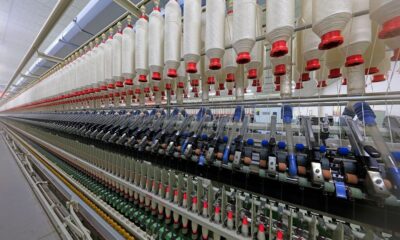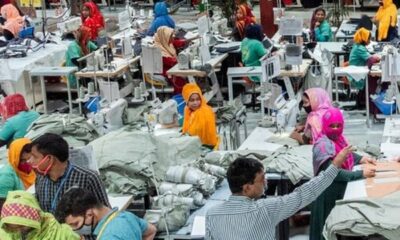Fashion
IED announces €1.5 million in new scholarships for 250 students
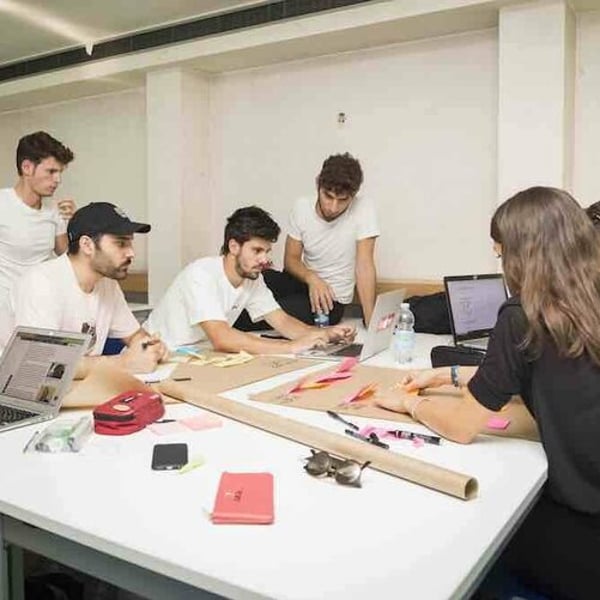
Translated by
Nazia BIBI KEENOO
Published
September 2, 2025
The European Institute of Design (IED) has expanded its scholarship program with a last-minute initiative that offers 250 students a grant covering 50% of first-year tuition for three-year courses. Candidates must apply by September 22. This new €1.5 million investment complements the €3 million already distributed through IED’s regular scholarship cycles earlier this year.
“Italy has the highest percentage of non-graduates in Europe — 40%, compared to the 20–25% average in other countries. We’ve seen that countries with fewer graduates often experience slower growth,” said Francesco Gori, CEO of the IED Group, during the project’s press presentation. “Over the past ten years, about one million Italians aged 18 to 20 have gone abroad — mostly to study — and many haven’t returned. With this initiative, we aim to provide more young people with the opportunity to stay and study in Italy. IED offers a wide range of English-language courses, and 70% of our students are international. In recent years, we’ve also seen more Italian students showing interest in studying in English.”
The scholarships apply to IED campuses in Milan, Rome, Turin, Florence, Cagliari, and the Aldo Galli Academy in Como. They are open to both Italian and international students who wish to pursue programs in Design, Fashion, Visual Arts, Communication, and the new Cinema course launching in October.
The jury, composed of course directors and faculty, will award scholarships based on the order of application submission. Each candidate must also complete an admissions interview that evaluates their motivation and readiness to engage in a hands-on academic program with mandatory workshop hours.

“Beyond increasing the country’s graduate rate, our mission is to help students build skills like lateral thinking and soft skills — essential today even in fields outside traditional creativity, such as consulting, finance, law, and engineering,” said Riccardo Balbo, Chief Academic Officer of the IED Group.
In addition to its campuses in Italy, IED operates in Spain — with locations in Barcelona, Bilbao, and Madrid — and in Brazil, with sites in Rio de Janeiro and São Paulo. Each year, IED educates around 10,000 students from 103 countries, reinforcing its position as an international hub for creative education.
This article is an automatic translation.
Click here to read the original article.
Copyright © 2025 FashionNetwork.com All rights reserved.
Fashion
How spinning sector strain is putting Bangladesh’s RMG might at risk
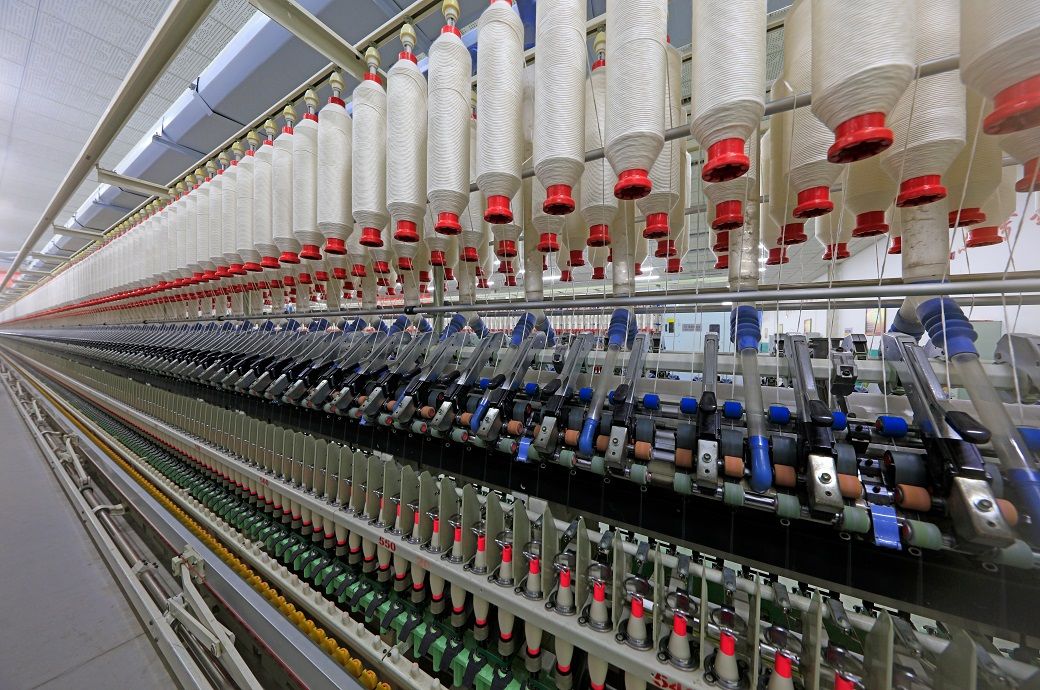
Bangladesh’s spinning sector is reportedly facing severe pressure from soaring costs, volatile cotton prices, and a surge in cheap yarn imports, even as industry leaders warned of potential shutdowns, risking millions of jobs.
In view of the existing scenario, stakeholders sought urgent support—gas price cuts, incentives, and anti-dumping measures to stabilise the sector.
Source link
Fashion
Indian rupee dips below 90 per US dollar mark for 1st time

It dropped to a record low of 90.13 against the US dollar, breaking its previous all-time low of 89.9475 touched a day earlier.
The Indian rupee fell sharply yesterday, dipping below past the crucial 90-per-US dollar level for the first time.
It dropped to a record low of 90.13 against the US dollar, breaking its previous all-time low of 89.9475 a day earlier.
The sharp fall in the rupee came amid weak trade and portfolio flows, restrained intervention by the central bank as well as the lack of clarity over a India-US trade deal.
The sharp fall in the rupee amid weak trade and portfolio flows, restrained intervention by the central bank as well as the lack of clarity over a India-US trade deal also weighed on domestic equity markets.
The development raised concerns about inflation and foreign investor activity.
The Reserve Bank of India’s monetary policy is expected to announce the interest rate decision on December 5.
Fibre2Fashion News Desk (DS)
Fashion
Asian suppliers drive Poland’s apparel import growth in 2025
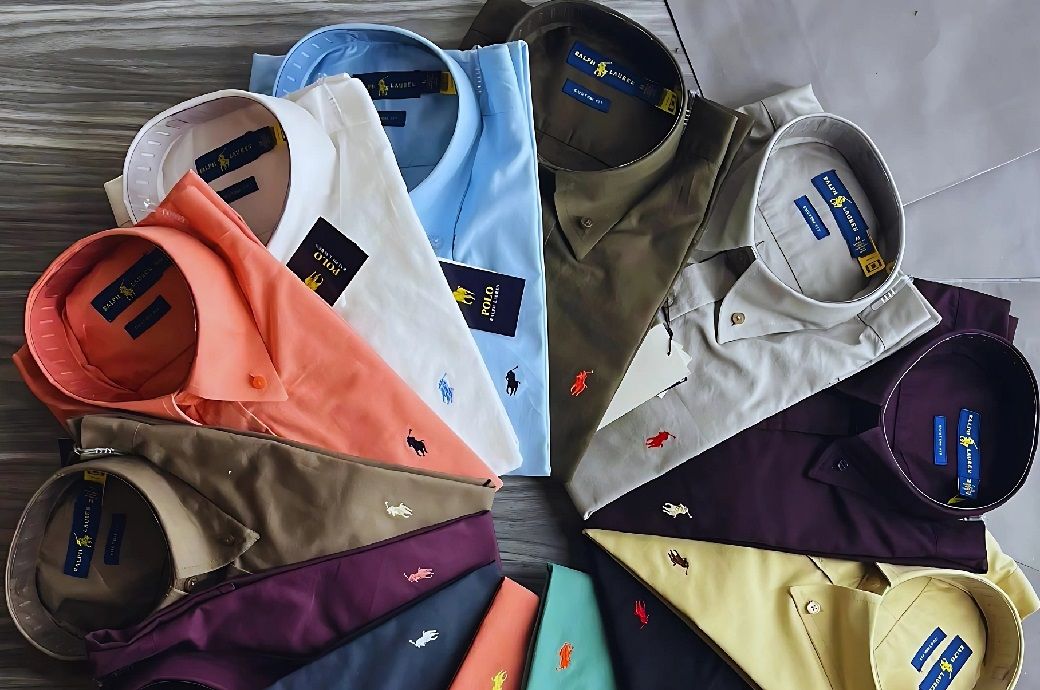
China regained its leading position in **** with shipments valued at $*.*** billion and a **.** per cent share, followed closely by Bangladesh at $*.*** billion and **.** per cent. Turkiye remains an important near-shore sourcing base and supplied $*.*** billion, accounting for **.** per cent of the total. Cambodia with $***.*** million and India with $***.*** million completed the top five suppliers, according to *fashion.com/market-intelligence/texpro-textile-and-apparel/” target=”_blank”>sourcing intelligence tool TexPro. The dominance of these suppliers shows a shift towards both cost-competitive and strategically located sourcing hubs.
Compared with the same period in ****, sourcing patterns have changed. Bangladesh led in January–August **** with $*.*** billion and a **.** per cent share, while China contributed $*.*** billion or **.** per cent. Myanmar and Morocco, previously among the top five, no longer appear in ****, displaced by Cambodia and India. Germany, once a key European source, continues losing relevance as Asian sourcing strengthens. This highlights the declining competitiveness of smaller and higher-cost producers, alongside growing preference for scalable Asian manufacturing bases.
-

 Sports3 days ago
Sports3 days agoIndia Triumphs Over South Africa in First ODI Thanks to Kohli’s Heroics – SUCH TV
-

 Entertainment3 days ago
Entertainment3 days agoSadie Sink talks about the future of Max in ‘Stranger Things’
-

 Tech4 days ago
Tech4 days agoGet Your Steps In From Your Home Office With This Walking Pad—On Sale This Week
-

 Fashion3 days ago
Fashion3 days agoResults are in: US Black Friday store visits down, e-visits up, apparel shines
-

 Politics3 days ago
Politics3 days agoElon Musk reveals partner’s half-Indian roots, son’s middle name ‘Sekhar’
-

 Tech3 days ago
Tech3 days agoPrague’s City Center Sparkles, Buzzes, and Burns at the Signal Festival
-
Uncategorized1 week ago
[CinePlex360] Please moderate: “Americans would
-

 Tech1 week ago
Tech1 week agoWake Up—the Best Black Friday Mattress Sales Are Here


